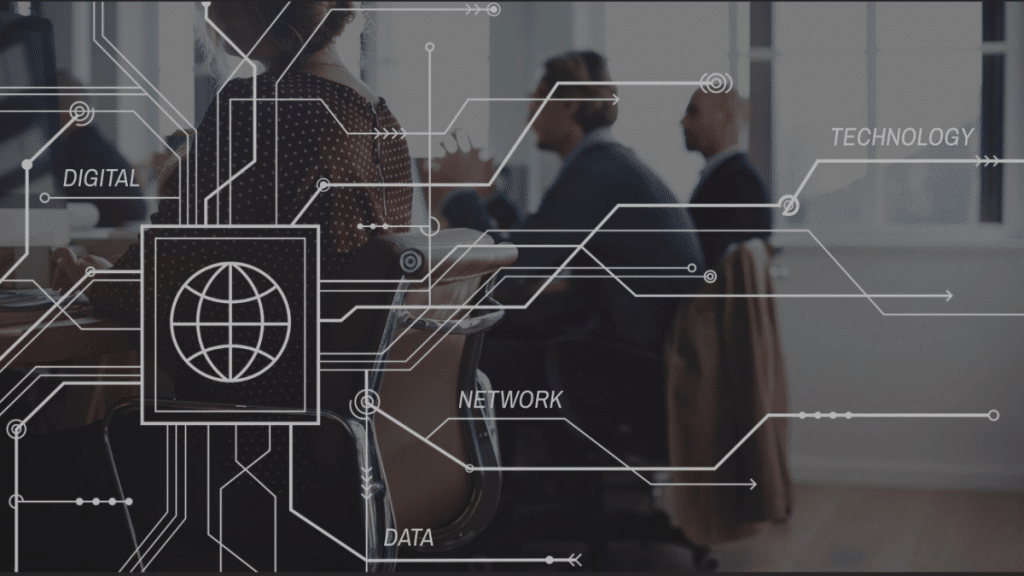The Internet of Things (IoT) has quickly transitioned from an idea to a reality reshaping industries such as healthcare and manufacturing. With the potential for efficiency deeper data insights and fresh business prospects IoT is now a part of contemporary technology. Yet, despite the possibilities it presents, integrating IoT into applications poses notable challenges. From connectivity issues to concerns about data security organizations must navigate a terrain to effectively implement solutions.
These days many people are familiar with the concept of the Internet of Things (IoT) and IoT devices. What does it entail and how does it influence today’s business landscape? The IoT has transformed industries introducing solutions in areas such as manufacturing and healthcare. It has the potential to further revolutionize sectors well. As per Statistica the global count of devices is projected to reach 75.44 billion by 2025. This figure underscores the growing emphasis on integration in businesses and its impact on operations. Despite the increasing prevalence of devices there remain challenges and complexities associated with their implementation. This article delves into some hurdles encountered in implementation and provides actionable strategies for overcoming them.
Connecting and Integrating: Building Bridges
A key obstacle in implementing IoT solutions is establishing connections and integration across devices and systems. IoT ecosystems typically involve an array of devices from manufacturers each with its own communication protocols, operating systems and data structures. This lack of uniformity can lead to obstacles in interoperability resulting in disjointed systems that fall short of delivering anticipated advantages.
To tackle connectivity and integration challenges businesses should prioritize adopting standards and protocols that enjoy industry support. Technologies, like MQTT (Message Queuing Telemetry Transport) and CoAP (Constrained Application Protocol) provide communication protocols suited for IoT environments.
Additionally using middleware solutions that can translate between protocols and systems can help bridge the gaps between devices ensuring smooth data flow, across the entire IoT ecosystem.
Investing in a platform that supports multiple vendors can also simplify the integration process. These platforms offer a management system that can handle device setup, data gathering and analysis making it easier to expand and oversee deployments.
Data Security and Privacy: Safeguarding the Connected World
Given that IoT devices produce and send volumes of data, security and privacy issues are challenges in implementing Internet of things IoT solutions. These devices are often placed in uncontrolled settings exposing them to cyber threats. Furthermore the sensitive nature of the data collected by devices—such as health records or financial transactions – makes them prime targets for hackers.
Addressing privacy concerns involves ensuring that data collection practices adhere to regulations like GDPR or CCPA. Organizations should be transparent about how data is gathered, stored and utilized while offering users control over their information. Anonymizing data whenever possible can help minimize the chances of privacy breaches.
Scalability and Data Management: Handling the Data Deluge
When it comes to securing IoT systems following established IoT Security Foundation guidelines can assist companies in setting up security protocols to safeguard both devices and data.
Dealing with the influx of data is a concern as IoT networks expand. Effectively managing and processing this data poses a hurdle especially as organizations expand their projects. The sheer volume of data can overwhelm storage and processing systems causing delays and inefficiencies that counteract the advantages of technology.
One method to address scalability issues is, through edge computing. By processing data to its source – at the network edge – organizations can reduce the amount of data that needs to travel to servers thereby decreasing latency and bandwidth usage. Edge computing also facilitates real time decision making, which’s vital in scenarios requiring responses like autonomous vehicles or industrial automation.
Power Management: Balancing Performance and Energy Efficiency
Balancing performance with energy efficiency is crucial, for devices, particularly those situated in remote or inaccessible areas that rely on battery power. Ensuring these devices operate efficiently without battery changes or recharges presents a challenge. Excessive power usage from devices can result in upkeep expenses and dependable operations especially in large scale IoT setups.
To enhance energy efficiency it is crucial to design devices with power saving features in mind. Utilizing low power wireless communication standards like Zigbee, Bluetooth Low Energy (BLE) and LoRaWAN can prolong the battery life of gadgets by reducing energy consumption during data transfer. Moreover, integrating power saving modes that limit device operation when inactive can further extend the battery lifespan.
Innovations in energy harvesting technologies, such as panels or kinetic energy converters offer solutions for powering IoT devices in remote areas. These technologies power from the surroundings, decreasing the need for battery changes and enabling sustainable long term deployments of IoT systems.
Final Thoughts
Although implementing IoT systems poses challenges they are not impossible to overcome. By embracing strategies and technologies organizations can address these hurdles. Unleash the full potential of IoT applications. Whether it involves ensuring connectivity, safeguarding data integrity handling scalability issues or optimizing power efficiency practical solutions are available to assist businesses in navigating the complexities of adoption. As the realm progresses those who effectively deploy and manage their networks will be well positioned to take the lead in an increasingly interconnected environment.
